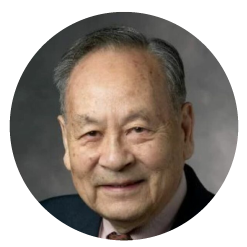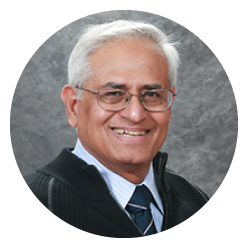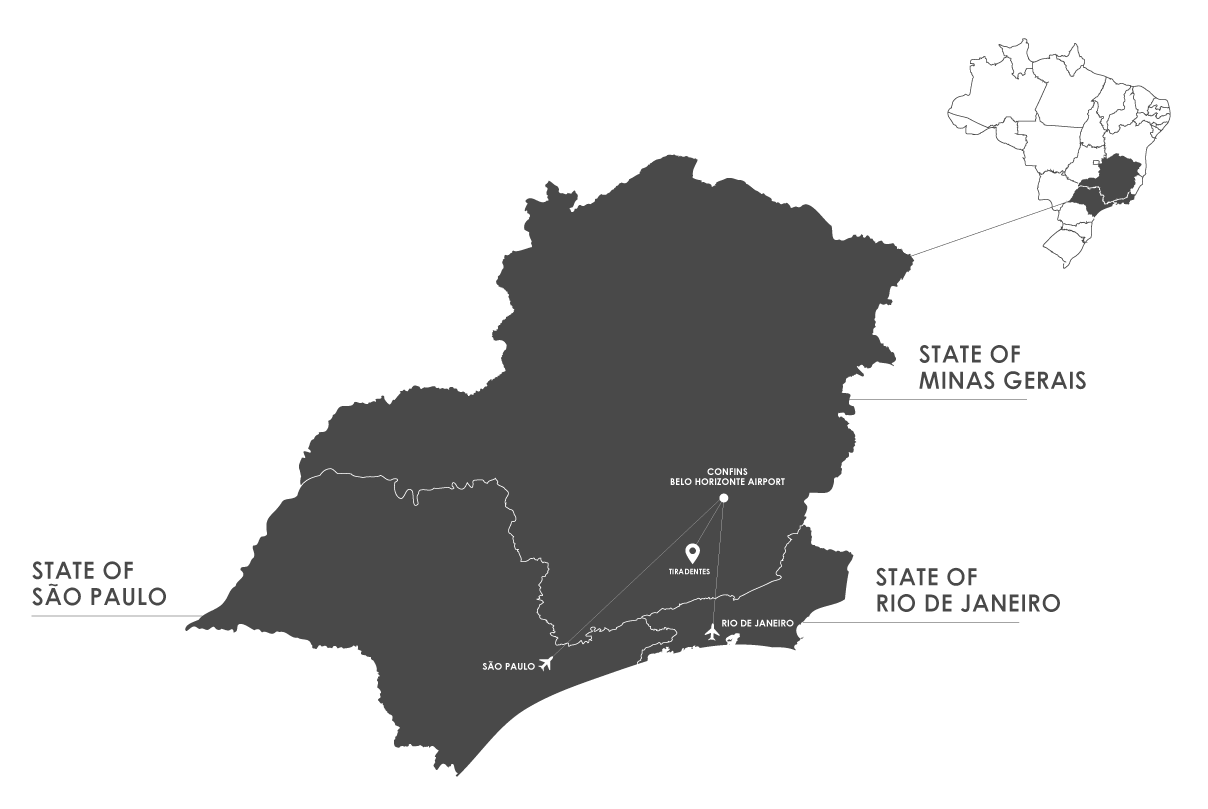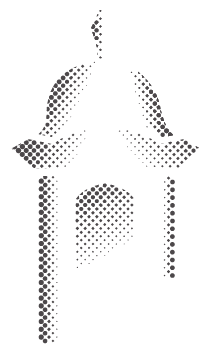

6th Brazilian Conference on Composite Materials
AUGUST 2022
14 - 18th
TIRADENTES, MG
ABOUT
Welcome to the 6th Brazilian Conference on Composite Materials – BCCM6!
Since its first edition in 2012, the Conference congregates Brazilian and worldwide students, professors, and researchers from academia and industry to promote the recent developments and discuss the challenges in composite materials in Brazil and abroad.
The range of topics is comprehensive, including Damage and fracture; Simulations in composites; Multifunctional structures; Durability and ageing; Mechanical and physicochemical properties of composites; Nanocomposites; Recycling and reuse of composite materials; Experimental techniques; Lignocellulosic composites; Manufacturing and processing of composites; Structural health monitoring in composite structures.
The Conference, in-person-fomat, will be hosted from August 14th to 18th 2022, in the Santíssimo Resort in Tiradentes, a charming and warm-hearted historical city famous for its gastronomy and architecture. Tiradentes was founded in 1718, named after Joaquim José da Silva Xavier, the “Tiradentes”, patron of the Brazilian Republic. Join us in this voyage through the Brazilian colonial history towards the future of the design, manufacture and testing of composite materials.
PROCEEDINGS
Papers presented at the conference are entitled to be considered for publication in the Journal of the Brazilian Society of Mechanical Sciences and Engineering (Springer), as a Topical Collection, and in the Journal of Research Updates in Polymer Science (Lifescience Global), as a Special Issue, provided they meet the journal standards.
KEYNOTE SPEAKERS
SCHEDULE & SHORT COURSES
- AUG 14th - Sunday
- AUG 15th - Monday
- AUG 16th - Tuesday
- AUG 17th - Wednesday
- AUG 18th - Thursday
12:25
Register
14:15
Room 2: Course A – Finite Element Method (Adriano Koga, Altair)
Room 3: Course B – Self-healing Composites (Prof Sérgio Pezzin, UDESC)
07:30
Register
08:00
Opening ceremony
08:30
By Prof. Ramesh Taljera – Texas A&M University (USA)
Failure analysis of composite materials towards cost/performance trade-off
Chair: Túlio Panzera
09:20
Room 1: Nanocomposites
- Plasma functionalization of zinc oxide nanoparticles through organic compounds.
- PMMA/CeO2 nanocomposites prepared by phase transfer synthesis protocol.
Room 2: Durability & Ageing
- Evaluation of polyestes/glass fiber waterproof composite subjectes to temperature and acid enviroment.
- Evaluation of the mechanical properties and color of composite pipes after aging in saline atmosphere.
- Investigation of the moisture absorption behavior of GFRP exposed to marine environment and the degradation of its flexural properties.
- A preliminary investigation of fully water-immersed bio-based composites reinforced with short coir fibres.
Room 3: Damage & Fracture
- A consistent formulation based on continuum mechanics for modelling strain softening in composite materials.
- Mechanical characterization of sandwich composites and epoxy resin under static and fatigue bending tests.
- A semi-analytical model for Mode I delamination prediction in bolted-bonded composite joints.
10:40
Coffee-Break
11:05
Room 1: Nanocomposites
- Obtaining and characterization of hybrids polymer nanocomposites high impact polystyrene and carbon nanotube (HIPS)/CNT.
- Processing, characterization, and viscoelastic behaviour of poly (ether imide) reinforced with carbon fibres and buckypapers of carbon nanotubes.
Room 2: Durability & Ageing + Recycling
- A preliminary investigation of fully water-immersed bio-based composites reinforced with short coir fibres.
- Hybrid laminates containing CFRP wastes.
Room 3: Damage & Fracture
- Structural safety analysis of two alternatives for reinforcing profiles of biocomposites.
- Micro-Seismic faults reconstruction algorithm in the Reissner-Mindlin plate model.
- Estimating the crack tip processed zone for a CFRP lamina.
- Experimental assessment of stiffness increase phenomenon of unidirectional composites under tension-tension fatigue.
12:25
Lunch
14:15
By Prof. Stephen Tsai (video conference) – Stanford University (USA)
The analytic foundation of double-double: DD concepts & operations
Chair: Carlos Cimini Jr.
15:05
Room 1: Nanocomposites
- Conductive nanocomposites with regenerated cellulose from jute fibers.
- Electrospun PLA membranes with silver nanoparticles and neomycin sulphate for wound dressings.
- Airbrushing of carbon nanotubes on glass fibers for tricomponent EMI shielding nanocomposites.
Room 2: Recycling
- Multilevel Analysis of ultra-pulse velocity (UPV) in compacted cementitious composites with the incorporation of high-density polyethylene (HDPE) waste.
- Metal laminate sandwich material with recycled rubber core.
- Preliminary investigations on sandwich panels made of aluminium skins and arch-corrugated core.
- Reuse of recovered glass-fiber from printed circuit boards: production and characterization of eco-friendly molding compounds.
Room 3: Damage & Fracture + Experimental Techniques
- Effect of novel hybrid fibre composite architectures on the efficiency of hybrid natural fibre reinforced composite bonded joints.
- An experimental setup for characterization of the frictional behaviour of plain-woven fabrics.
- Investigation of the failure behavior of fiber-reinforced patches in the repair of locally damaged steel pipes.
- Effect of addition of thermoplastic self-healing agent on fracture toughness of epoxy.
16:25
Coffee-Break
16:50
Room 1: Nanocomposites
- How the buckypapers of carbon nanotubes influenced the thermal properties of poly (aryl ether ketone)/glass fiber laminates.
- Rheology behavior of epoxy/carbon nanoparticles suspension.
- Influence of the CNT concentration on the mechanical behavior of nanomodified adhesives aged by ultraviolet radiation.
- Effects of using carbon nanotubes on the mechanical and durability properties of concretes.
Room 2: Health Monitoring
- Modelling the effect microscale residual stress on acoustoelasticity in carbon fiber composities: Part A and Part B.
- Gaussian process regression using hybrid data for damage quantification.
- Sensitivity analysis of sensor location for damage detection in a wind turbine blade
Room 3: Experimental Techniques
- Imidazolium ionic liquid for the surface modification of unfinished carbon fiber.
- Thermal analysis of zirconia-magnesia ceramics with addition of titania for use as TBC.
- Previous results of the Virtual Fields Method applied to sandwich structures: measurement of the flexural modulus by modal analysis.
18:10
Cocktail
08:30
By Prof. Fabrizio Scarpa – University of Bristol (UK)
Mechanical metamaterials and biobased composites: new trends for sustainable high-performance structure
Chair: Túlio Panzera
09:20
Room 1: Processing & Manufacturing
- Thermoplastic polyurethane/aramid laminates: effect of processing parameters on interlaminar strength.
- Effect of the functionalization process on the final characteristics of poly(styrene-co-divinylbenzene)/magnetite resins.
- Essential topics to compose a broad definition of composite materials.
- An analytical solution for the delivery eye trajectory in filament winding of cylindrical double-double structures.
Room 2: Health Monitoring + Multi-Scale Modelling
- Data-driven structural health monitoring in laminated composite structures: characterisation of impact damage.
- Damage detection in GFRP composite beams: exploring hyperparameters for neural networks using dynamic analysis.
- Multiscale procedure for notched CFRP plates – an experimental validation.
- A representative volume element to obtain the mechanical properties of fused deposition modeling components.
Room 3: Mechanical & Physicochemical Properties
- Identification of consolidation kinetic’s model parameters for thermoplastic composites used in the thermo-stamping process.
- The influence of density on the mechanical response of reinforced high-density polyurethane foams: a statistical approach.
- Investigating the effect of amino silane solution pH levels on glass fibre/thermoplastic interfacial adhesion
11:05
Room 1: Processing & Manufacturing
- Delivery eye trajectory for the filament winding of a bell contoured rocket nozzle extension.
- Experimental processing of fiber-metal laminates with hybrid reinforcement of synthetic and natural fibers composites.
Room 2: Simulation in Composites
- Polymeric sleepers – a new development methodology.
- Numerical analysis of the structural behavior of GFRP pultruded angle columns.
- A technique to assess failure under longitudinal compression of unidirectional composites with fiber misalignment.
- A semi-analytical model for buckling and stress analyses of pressurized composite cylinders.
Room 3: Mechanical & Physicochemical Properties
- Thermal behavior of an epoxy-based structural adhesive using Thermogravimetric (TGA) and Differential Scanning Calorimetry (DSC) analysis.
- Mechanical and physical characterization of unidirectional laminates reinforced by glass and jute fibres.
- Assessment of tensile and uniaxial fatigue properties of polypropylene.
- Investigation on the self-healing agent release behaviour in an epoxy matrix by dynamic mechanical analysis.
12:25
Lunch
13:55
By Prof. Eloi Figueiredo – Lusófona University (Portugal)
Three decades of pattern recognition for structural health monitoring of bridges
Chair: Rodrigo Freire
14:45
Room 1: Course C – Introduction to Composite Manufacturing (Prof Sandro Amico, UFRGS)
Room 2: Course D – Analysis of Laminated Composite Beams (Prof Flamínio Levy Neto, UnB)
Room 3: Course E – Fundamentals of Polymeric Matrix Composites (Prof Gerson Marinuci, IPEN)
08:30
By Prof. Pedro Camanho – University of Porto (Portugal)
Strength prediction of composite laminates under uncertainties using theory-guided machine learning
Chair: Carlos Cimini Jr.
09:20
Room 1: Lignocellulosic Composites
- Wood/polymer laminates manufactured by vacuum infusion: Hygroscopic and mechanical properties.
- Coffee husk ashes as supplementary cement material.
- Physical and mechanical characterization of bio concrete produced with Coffea arabica coffee husk.
- Effect of water absorption on the thermal properties of hybrid composites
Room 2: Simulation in Composites
- An analytical model for the thermoplastic welding process.
- Modelling of residual stresses in thermoplastic composites accounting for crystallization effects.
- A finite element model for prediction of machining induced damage in composite laminates.
- Artificial intelligence framework for the uniaxial compression analysis of polymers.
Room 3: Mechanical & Physicochemical Properties
- On the development of sustainable foamed composites for modular construction.
- A preliminary investigation into sandwich structures made of aluminium skins and gaped-bamboo ring core.
- Siderurgical aggregates concrete ITZ: sample preparation
10:40
Coffee-Break
11:05
Room 1: Lignocellulosic Composites
- Preliminary investigation of physical-mechanical properties of the Sansevieria’s fibers: capabilities for using them in bio-composites.
- Development of hybrid composite materials with a polymeric matrix reinforced with vegetable fibers and kaolin from the Rio Negro basin.
- Investigation on the mechanical property behaviour of the hybrid composites from natural Amazonian fibres by numerical and experimental method.
- Natural composites produced with castor oil resin and banana fibres: effects of fibre length and fibre grammage on tensile and flexural properties.
Room 2: Simulation in Composites
- Simulation of radiation attenuation in polymer matrix composite with epoxy resin, reinforced with carbon fiber and dispersion of bismuth oxide (Bi2O3) nanoparticles.
- Buckling optimization of variable-axial composite laminates with non-linear geometry.
- Modelling the uncertainty associated with bonded composite joints using DoE and Finite Element Analysis.
- Passive control of aerodynamic noise using viscoelastic material.
Room 3: Mechanical & Physicochemical Properties
- Sandwich panels for high-performance model aircraft: a case study.
- Statistical mixture design of bio-based foams: a preliminary approach.
- Effects of soapstone waste on the mechanical and thermal properties of polyethylene composites.
- The effect of printing parameters on the tensile properties of bidirectional PLA structures.
12:25
Lunch
13:55
By Prof. Sung Ha – Hanyang University (Korea)
Recyclable composites for wind turbine blades and hydrogen pressure vessel
Chair: Carlos Cimini Jr.
14:45
Room 1: Lignocellulosic Composites
- Mechanical evaluation of cementitious composites reinforced with sugarcane bagasse fibres.
- Effect of parameters on carbon nanotube deposition on jute fibre using a pulsed electrical current in a water/TiO2 medium.
- Synthesis of catalysts for the valuation of lignin.
- 3D printing polymer composites reinforced with continuous vegetable fibers.
Room 2: Simulation in Composites
- Isogeometric analysis of functionally graded plates using different micromechanical models.
- Development of a numerical model with curvilinear fibres for variable-axial stiffness composite.
- Assessment of the load-carrying capacity of laminated composite columns.
- Effect of the radius of polar opening on the first ply failure of a filament wound composite casing with elliptic domes.
Room 3: Mechanical & Physicochemical Properties
- A life cycle energy driven concurrent optimization of core topology and face sheet thickness of a sandwich beam.
- Static characterization of epoxy resin composites reinforced with jute fibers woven.
- Mechanical properties of class G oil well cement paste reinforced with polyvinyl alcohol (PVA) microfiber.
16:05
Coffee-Break
16:30
Room 1: Lignocellulosic Composites
- Effects of wood microfiber chemical treatment on mechanical properties of wood/polypropylene composites moulded by injection process.
- Characterisation of castor oil-based polyurethane and its use in coir fibre composites.
- Preliminary investigations on natural fibre egg-box sandwich structures.
- Three-point bending and impact behaviours of grass fibre-reinforced castor oil composites.
Room 2: Simulation in Composites
- Localized fiber waviness and its effects in unidirectional composites under biaxial loading.
- Design and analysis of a composite solar plane wing spar.
- Multiobjective optimization of composite plates for strength, buckling, and dynamic behavior.
- Investigation on the stability and stress analysis of composite domes.
Room 3: Mechanical & Physicochemical Properties
- Experimental study for evaluation of stiffness and damage propagation of polyvinyl alcohol (PVA) and polypropylene (PP) fibre reinforced concretes under cyclic loading.
- Thermoplastic-based ballistic helmets: processing, ballistic properties, and damage characterization.
- Mechanical properties of castor-oil polyurethane laminates reinforced with papaya bast fibre cellular layers.
20:00
Dinner at Santíssimo Resort
08:30
Part 1: Part 1: HexTow® and Toughened HexPly® M65-1 (Edmundo Ortiz, HEXCEL)
Room 3: Part 2: Characterisation of mechanical properties in composite materials (Gustavo Bispo, Anton Paar)
09:20
Room 1: Adaptive Composites + Industrial Applications
- The dynamic snap-through response of bistable cross-ply composite plates.
- Design of morphing wing: lighter, more accurate, and more efficient wing concept for aeronautical field.
- Challenges for composites in general aviation.
- Topological optimization of a pallet motion blocking made of long-fiber reinforced thermoplastic composite.
Room 2: Simulation in Composites
- Buckling and modal computational analysis of composite/aluminium riveted joints: preliminary results.
- Effects of inertia applied in post-processing on transverse stresses and displacements across the thickness of laminated structures in dynamic problems modelled with GFEM Method.
- New invariant-based approaches for the buckling and displacement analysis of double-double laminates.
- Reinforcement architecture in filament-wound composite pressure vessels.
Room 3: Mechanical & Physicochemical Properties
- Creep behaviour of sisal/epoxy composites.
- Investigating the effect of amino silane solution pH levels on glass fibre/thermoplastic interfacial adhesion.
- Mechanical characterisation of sandwich structures: a case study comparing common and fire-resistant ACM panels.
10:40
Closing Ceremony
SIGN UP!
Enter your email and stay on top of our activities.
TIRADENTES | MG
SANTISSÍMO RESORT
R. dos Inconfidentes, 140 – Centro Histórico, Tiradentes


SPONSORS
GOLD
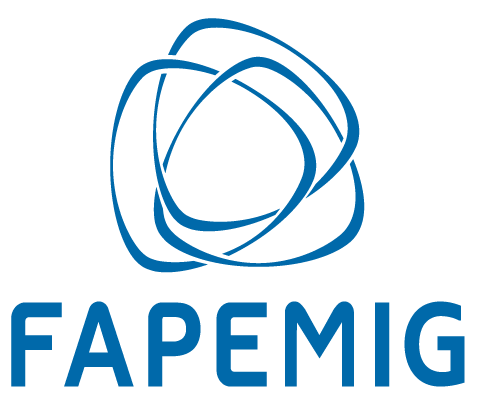







SILVER










BRONZE










SUPPORTERS


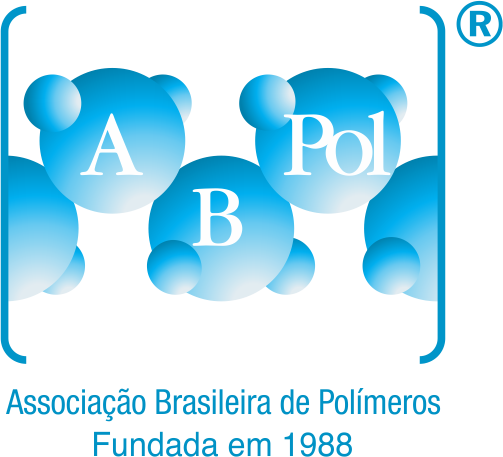







ORGANIZED BY
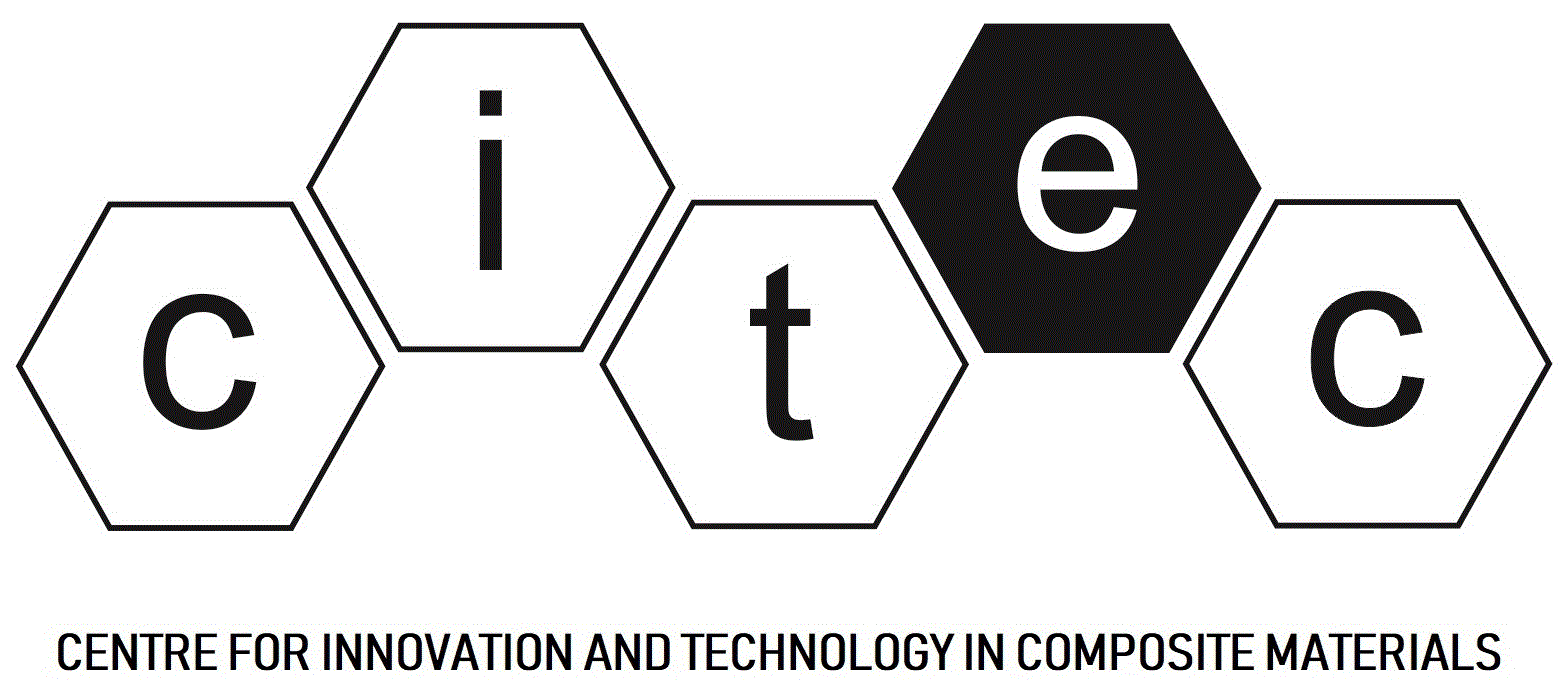



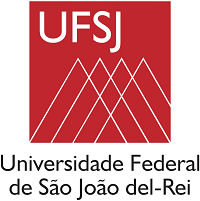

Internet powered by







